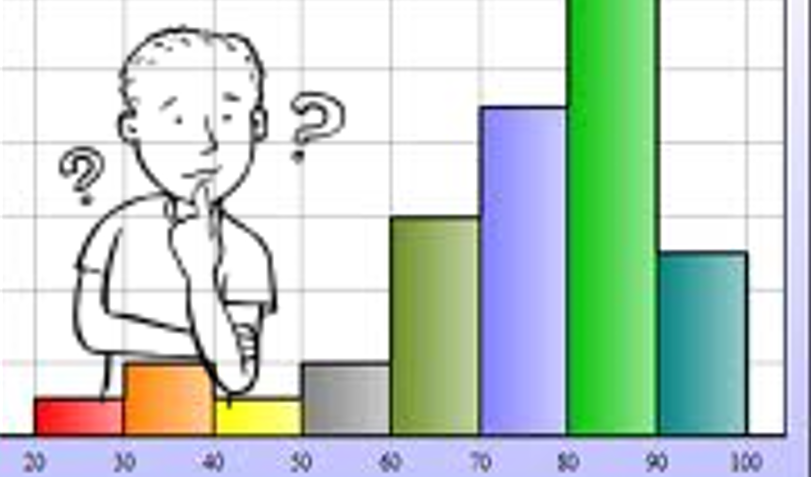School: Brookland Middle School
Instructor: Elizabeth D. Layne
Summary
A logical argument has two components, a premise and conclusion. In this extension lesson, students will be creating a logical argument that includes a premise and a conclusion based on their own life experience over Thanksgiving break. They will then create a product that utilizes one type of logical reasoning and challenge their classmates to reach a logical conclusion.
TIPC Ratings
This lesson was not scored for Research and Information Fluency
This lesson scores developing for both teacher and student. The students were encouraged to communicate their understandings using a variety of techniques. The final projects consisted of Prezi’s, GoAnimate videos, Flip Charts, posters, and PowerPoint, which demonstrates the student’s ability to communicate using various types of media.
This lesson scores ideal/target for both teacher and student. The teacher has provided an opportunity for students to demonstrate their knowledge and understanding of the use of logical reasoning statements in the real world. In the completion of the task students will need to plan, design, and create an authentic logic statement. They will then solve that problem and demonstrate their understanding through the presentation of an original work.
This lesson scores approaching for both teacher and student. The teacher has provided an opportunity for students to demonstrate their understanding of Logical Reasoning Statements by having them apply their existing knowledge in the creation of an original logic problem. Students are then to create a presentation of that problem using the medium of their choice. Student final products consisted of a variety of mediums including both digital and tactile examples.
Student Artifact
Logic and Conditional Statements by kblllewis on GoAnimate
Video Maker – Powered by GoAnimate.





